Create Floor Plans Automatically from 3D Point Clouds [Point-Cab]
SCANable is evaluating this promising new software and will follow-up with an indepth review in the coming days. In the meantime, please feel free to check it out for yourself and leave your input here.
Automatic analysis and interpretation of laser scanning data
- Floor plans, views and sectional views are created at the push of a button.
- Program offers an intuitive user interface (no training required).
- For the first time, results can be processed in almost all CAD programs.
- Visual representations allow a direct use and will dramatically reduce time needed for analysis and modeling.
Point-Cab is the first application that automatically creates―at the push of a button―floor plans and sectional views. The goal of the development team has been to create an extremely user-friendly interface design.
The program creates a visual representation of laser scanning data. The result has much more expressiveness and validity than individual points of point clouds. Images and representations of sections are a prerequisite for an easy modeling in CAD programs.
The program supports most of the common CAD programs and construction tools through standard interfaces. You may use the results in ArchiCAD, Google SketchUp, Revit and other tools.
Point-Cab product videos
| Get to the video: | Get to the video: |
 |
 |
Point-Cab supports several CAD programs, such as:
-
- AutoCAD
- ArchiCAD
- Microstation
- SketchUp
Point-Cab Layout supports the following laser scanner formats:
-
- PTX exchange format
- FARO laser scanner
- Riegl laser scanner (available soon)
Examples of use
Point-Cab Layout transfers laser scanning data into AutoCAD (available soon)
Point-Cab transfers laser scanning data into ArchiCAD (available soon)
Point-Cab transfers laser scanning data into Microstation (available soon)
Point-Cab transfers laser scanning data into SketchUp
Point-Cab Layout trial version
Find out for yourself why this revolutionary program can make such a difference for you.Click here to download the Point-Cab trial version. The trial version can be used for 15 hours. Time is consumed when you use the application. Feel free to also download our laser scanning data examples. Please find all data examples here.
Here you can download the processed layout results of the full version of Point-Cab.
Buy Point-Cab Layout
Click here or send email to info@laserscanning-europe.com.

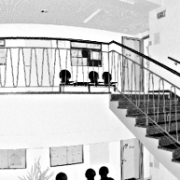

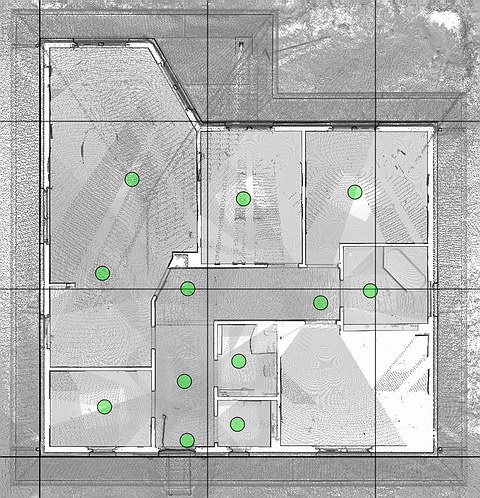
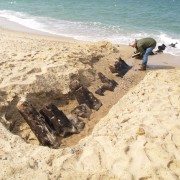

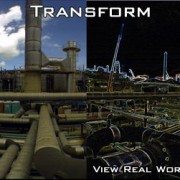


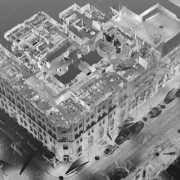


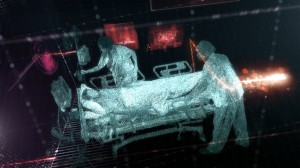

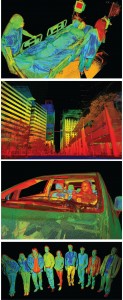
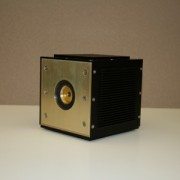


 Presented by: Executives from Spar Point research, Pointools, and Bentley
Presented by: Executives from Spar Point research, Pointools, and Bentley




